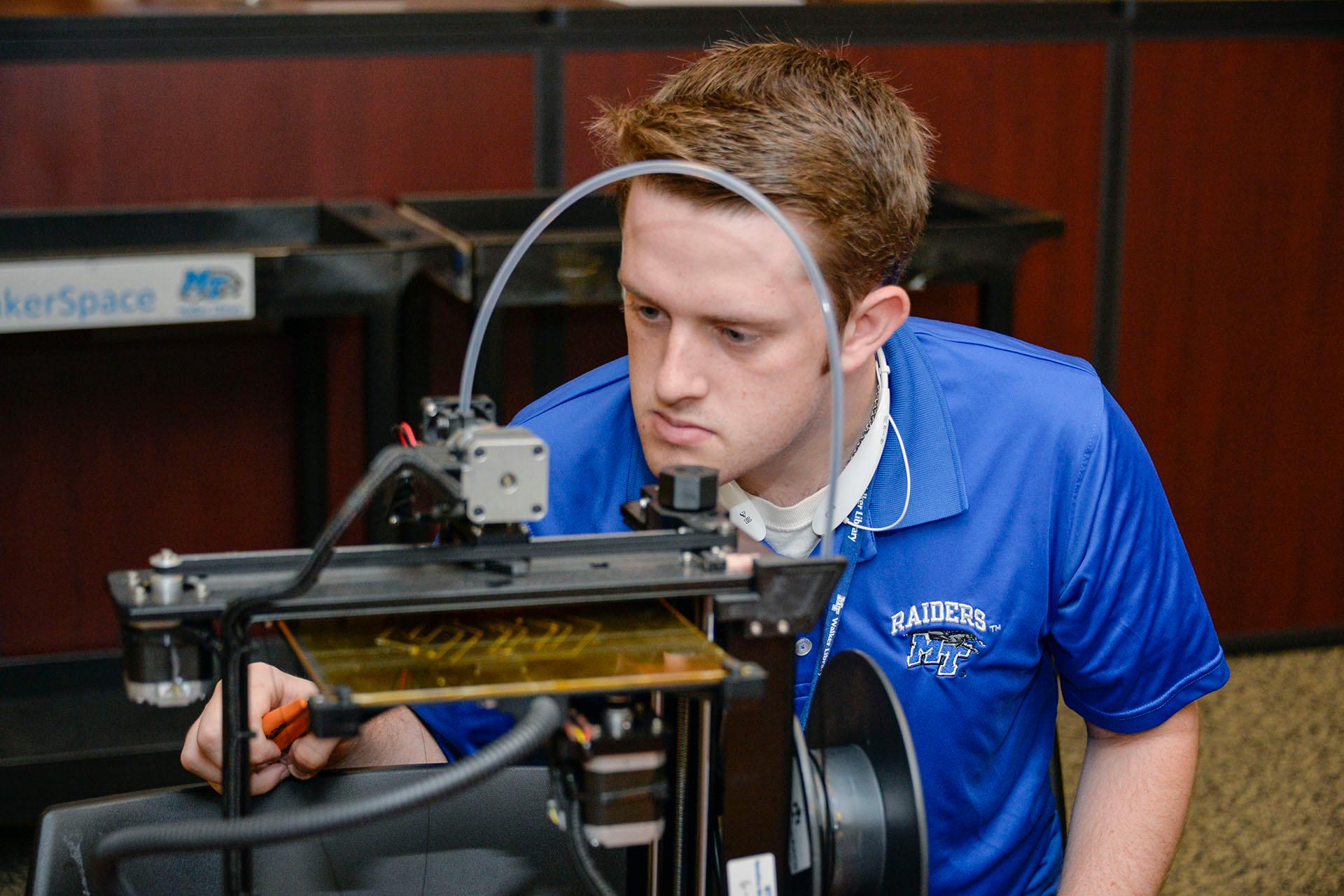
Aerospace technology has revolutionized how we explore the skies and beyond. From the first powered flight by the Wright brothers to the latest Mars rover, advancements in this field have been nothing short of extraordinary. But what exactly makes aerospace technology so fascinating? Aerospace technology encompasses everything from aircraft design to space exploration, involving cutting-edge materials, innovative propulsion systems, and sophisticated navigation tools. These innovations not only make air travel safer and more efficient but also enable humanity to reach new frontiers. Curious about the marvels of aerospace technology? Here are 19 intriguing facts that will give you a deeper appreciation for this incredible field.
Key Takeaways:
- Aerospace technology has come a long way since the Wright brothers' first flight in 1903, leading to moon landings, space stations, and advanced aircraft designs.
- From satellites and Mars rovers to hypersonic missiles and space tourism, the future of aerospace technology holds exciting possibilities for space exploration and sustainable air travel.
The Birth of Aerospace Technology
Aerospace technology has revolutionized how we explore the skies and beyond. From the first powered flight to modern space missions, this field has seen incredible advancements.
- The Wright brothers made the first powered flight in 1903, covering 120 feet in 12 seconds.
- NASA, established in 1958, has been a key player in space exploration and technological advancements.
- The term "aerospace" combines "aeronautics" (flight within Earth's atmosphere) and "space" (beyond Earth's atmosphere).
Milestones in Aerospace Engineering
Significant milestones have shaped aerospace engineering, pushing the boundaries of what is possible.
- The Apollo 11 mission in 1969 marked the first time humans landed on the moon.
- The Space Shuttle program, running from 1981 to 2011, enabled reusable spacecraft for multiple missions.
- The International Space Station (ISS), launched in 1998, serves as a hub for scientific research in space.
Innovations in Aircraft Design
Aircraft design has evolved dramatically, improving safety, efficiency, and performance.
- The Boeing 747, introduced in 1969, was the first jumbo jet, revolutionizing air travel.
- Stealth technology, developed in the 1970s, makes aircraft less detectable by radar.
- Modern commercial jets, like the Airbus A350, use advanced materials like carbon fiber to reduce weight and increase fuel efficiency.
Space Exploration and Technology
Space exploration has led to numerous technological advancements that benefit everyday life.
- Satellites, first launched in the 1950s, are crucial for communication, weather forecasting, and navigation.
- The Hubble Space Telescope, launched in 1990, has provided stunning images and valuable data about the universe.
- Mars rovers, like Curiosity and Perseverance, explore the Martian surface, searching for signs of past life.
Aerospace Technology in Defense
Aerospace technology plays a vital role in national defense, providing advanced capabilities for military operations.
- Drones, or unmanned aerial vehicles (UAVs), are used for surveillance, reconnaissance, and targeted strikes.
- The F-35 Lightning II, a fifth-generation fighter jet, features advanced stealth, sensors, and weapons systems.
- Hypersonic missiles, traveling at speeds greater than Mach 5, are being developed for rapid response and precision strikes.
Future of Aerospace Technology
The future of aerospace technology promises even more exciting developments and possibilities.
- Space tourism companies, like SpaceX and Blue Origin, aim to make space travel accessible to civilians.
- Electric aircraft, such as those being developed by companies like Joby Aviation, promise quieter, more sustainable air travel.
- The Artemis program plans to return humans to the moon and establish a sustainable presence by the late 2020s.
- Advanced propulsion systems, like ion thrusters, could enable faster and more efficient space travel, opening new frontiers for exploration.
The Sky's the Limit
Aerospace technology has come a long way, shaping our world in ways we often take for granted. From the Wright brothers' first flight to the International Space Station, each milestone has pushed the boundaries of what's possible. Innovations like GPS, weather satellites, and advanced materials have revolutionized industries and daily life.
Understanding these advancements helps us appreciate the complexity and ingenuity behind modern conveniences. It also highlights the importance of continued investment in research and development. As we look to the future, the potential for even more groundbreaking discoveries remains vast.
Whether it's exploring Mars, developing greener aircraft, or enhancing global connectivity, aerospace technology will continue to play a crucial role. So next time you look up at the sky, remember the incredible journey that brought us here and the exciting possibilities that lie ahead.
Frequently Asked Questions
Was this page helpful?
Our commitment to delivering trustworthy and engaging content is at the heart of what we do. Each fact on our site is contributed by real users like you, bringing a wealth of diverse insights and information. To ensure the highest standards of accuracy and reliability, our dedicated editors meticulously review each submission. This process guarantees that the facts we share are not only fascinating but also credible. Trust in our commitment to quality and authenticity as you explore and learn with us.


